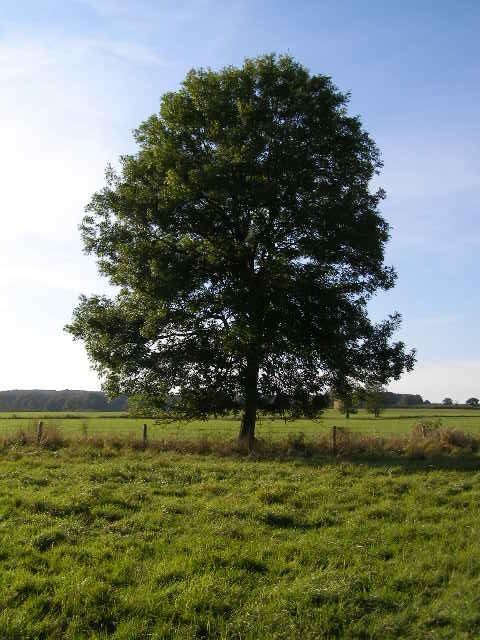Tree canopy management is a critical aspect of maintaining the health and longevity of urban forests. From pruning and maintenance to preservation and protection, proper management techniques are essential for promoting optimal growth and reducing safety hazards associated with overgrown trees. In this article, we will explore the importance of tree canopy management and discuss the various strategies and best practices that arborists and property owners can implement to ensure the overall health and well-being of their trees.
Proper tree canopy management is crucial for maintaining the health and aesthetics of your trees. One of the key aspects of canopy management is using the right pruning techniques. By employing correct pruning methods, you can promote healthy growth, improve structural integrity, and enhance the overall appearance of your trees.
Choosing the right tools for tree care is essential for effective canopy management. From hand pruners to pole saws, selecting the appropriate tools for the job can make a significant difference in the outcome of your pruning efforts. Utilizing sharp, well-maintained tools not only ensures clean cuts but also minimizes stress on the tree.
Maintaining tree health through canopy management involves regular inspection, pruning, and monitoring for signs of disease or pest infestation. By staying proactive in tree care, you can prevent potential issues and prolong the lifespan of your trees. Additionally, proper canopy management helps minimize risks and hazards associated with overgrown canopies, ensuring the safety of your property and surrounding areas.
Q&A
Q: What is tree canopy management?
A: Tree canopy management refers to the practice of strategically pruning and caring for the branches and foliage of trees to ensure their health and sustainability.
Q: Why is tree canopy management important?
A: Proper tree canopy management is important for maintaining the health and safety of trees, promoting healthy growth, and preventing damage to surrounding structures and property.
Q: What are some common techniques used in tree canopy management?
A: Some common techniques used in tree canopy management include pruning, thinning, and crown reduction to maintain the shape and structure of the tree.
Q: How often should tree canopy management be performed?
A: The frequency of tree canopy management depends on the type of tree and its growth rate. Generally, it is recommended to have trees professionally pruned every 3-5 years.
Q: What are the benefits of tree canopy management?
A: Benefits of tree canopy management include improved tree health, enhanced aesthetic appeal, increased sunlight penetration, and reduced risk of storm damage.
Q: How can I find a professional tree care service for tree canopy management?
A: It is important to research and select a reputable tree care service that is experienced in tree canopy management techniques. You can ask for referrals from friends and neighbors or search online for certified arborists in your area.
Conclusion
proper tree canopy management is essential for promoting tree health, maintaining safety, and enhancing the aesthetic appeal of our outdoor spaces. By understanding the principles of pruning, training, and planting, arborists and homeowners alike can ensure that their trees continue to thrive for generations to come. Remember to consult with a certified arborist for complex projects and always prioritize the long-term health and vitality of your trees. Thank you for reading and happy tree care!
Simpsons Tree Services, Servicing Melbourne’s North Eastern Suburbs
Book a quote online at www.simpsonstrees.com.au




